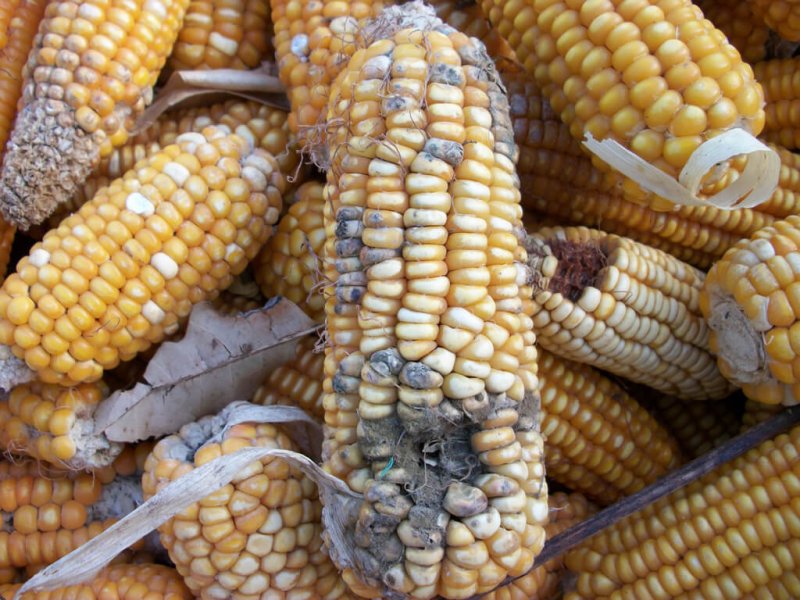One of the biggest dangers to our food supply comes from mold through a process that’s all-too-natural. Mold thrives in wet environments, or on crops damaged by insects, or through improper storage.
The fungus in turn produces toxic metabolites known as mycotoxins, which are found contaminating just about every major crop, from corn to soybean, as well as a number of spices. Cows that eat infected feed pass on these toxins to the milk we drink.
There are hundreds of varieties of mycotoxin, but one of the nastiest is aflatoxin B1, which can …. cause cancer, even at low levels of exposure. In greater quantities, aflatoxin B1 has the same lethality as man-made substances like hydrogen cyanide or a scorpion’s all-natural venom.
…
That’s bad enough, but the EU is making the problem far worse than it would otherwise be by sabotaging efforts to address the problem head-on. Modern technology has a simple answer to mold: fungicide. One particular class of fungicides, known as Succinate Dehydrogenase Inhibitors (SDHI), have proved effective in wiping out mold for decades.
But a group of activist scientists and NGOs in Europe have been stoking unfounded fears in the hopes that policymakers worldwide will ban it.































